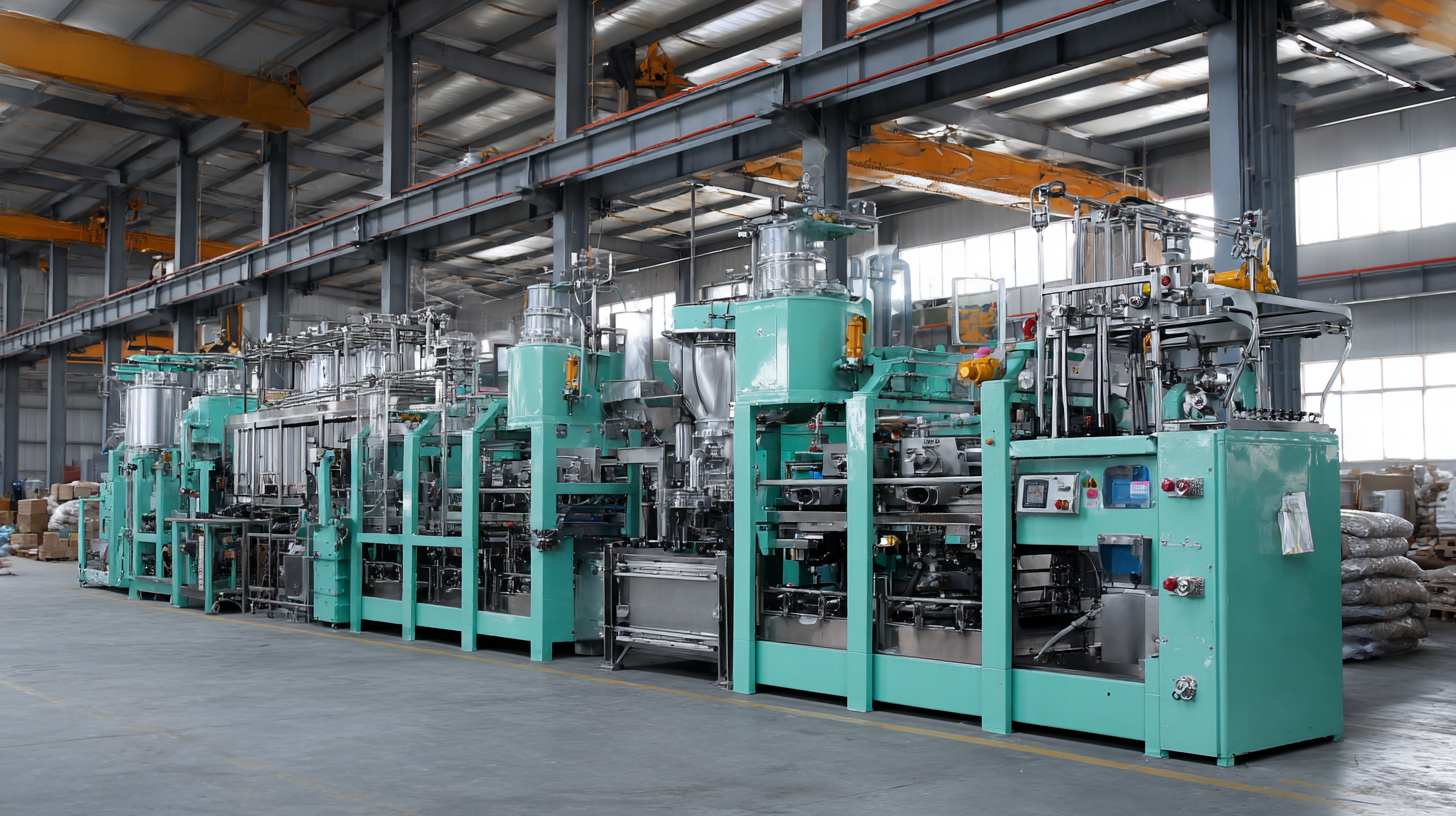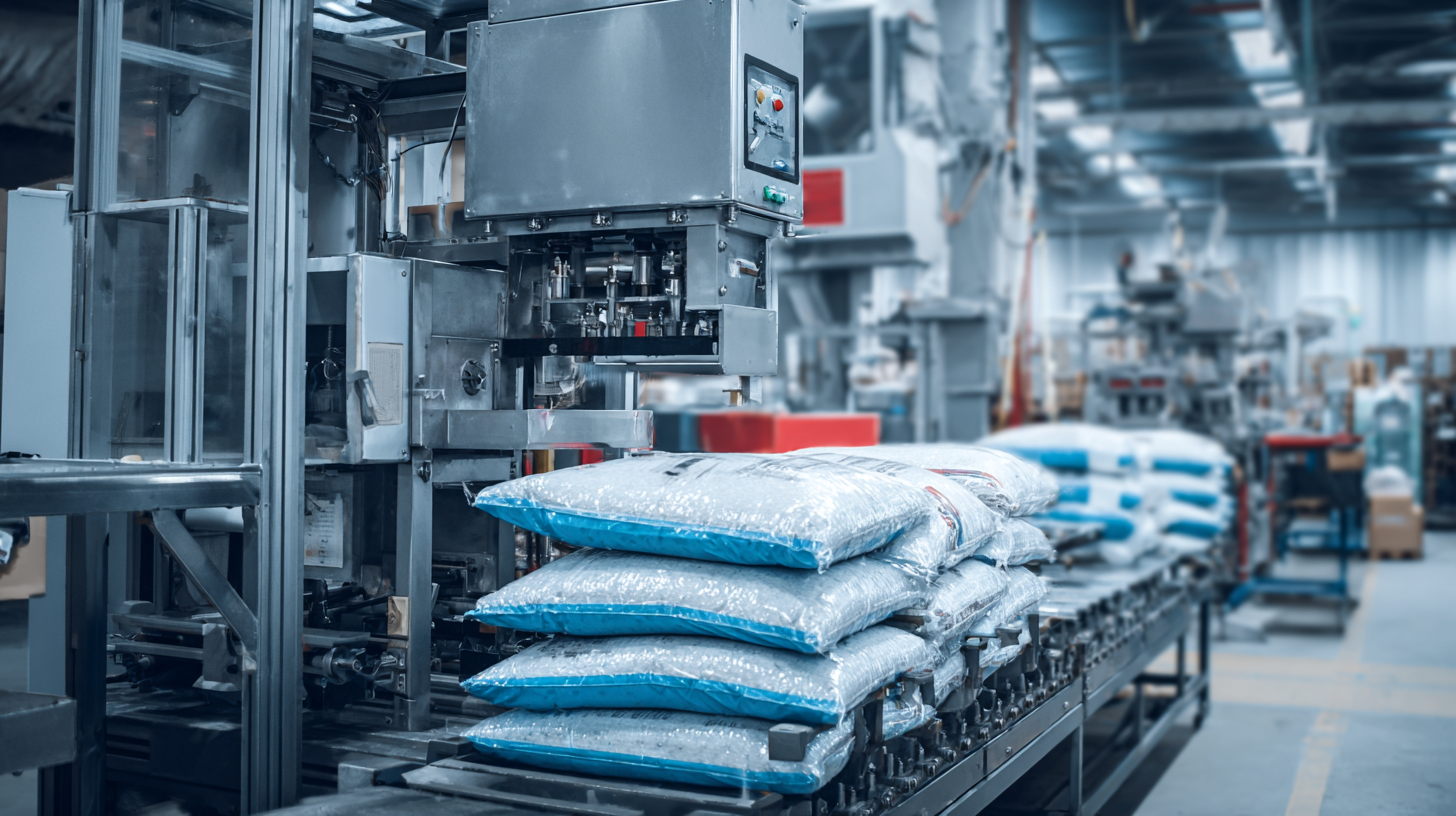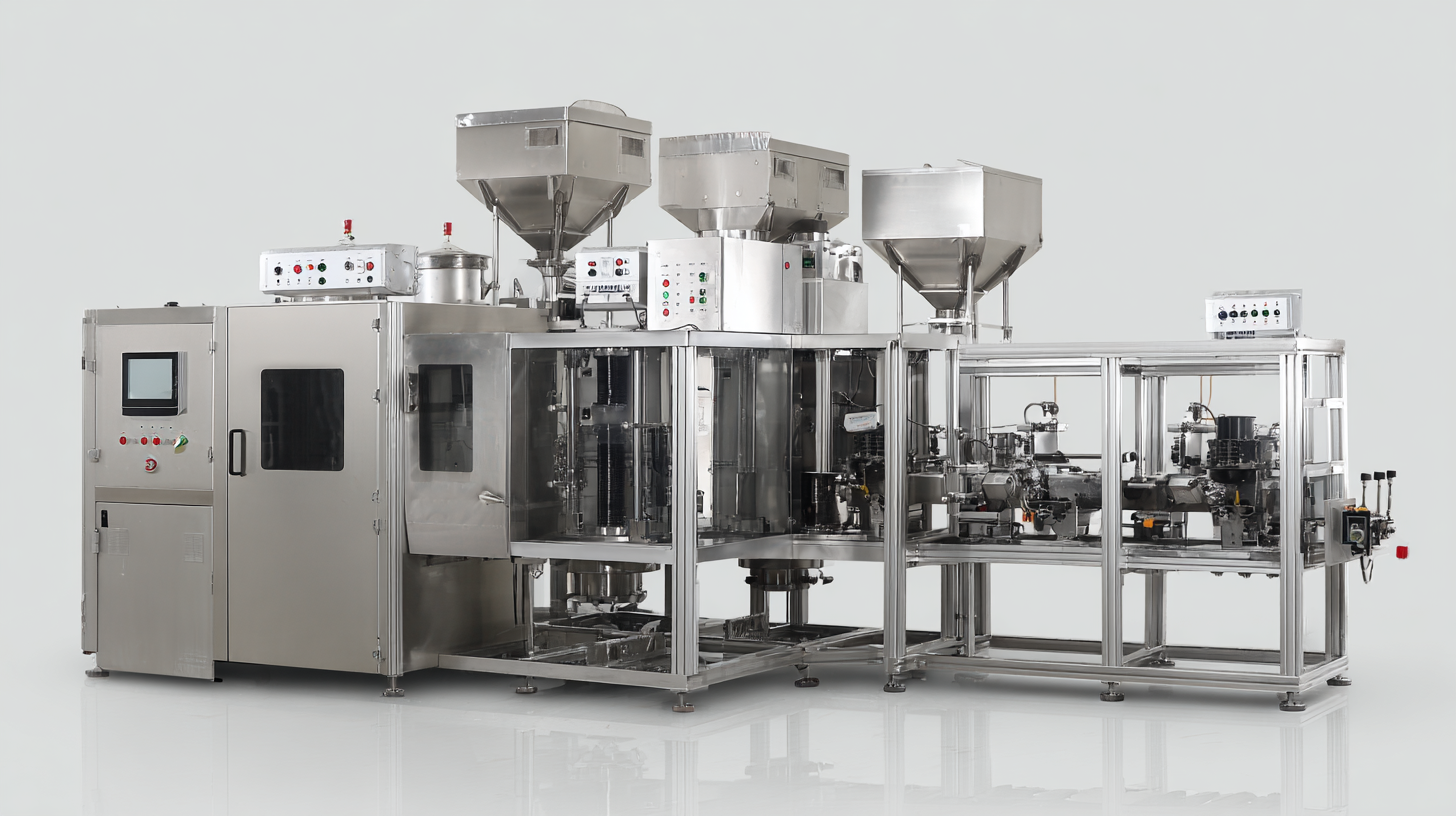Ultimate Checklist: Top Features to Look For in the Best Bag Filling Machine
In the rapidly evolving landscape of packaging technology, the significance of a reliable and efficient bag filling machine cannot be overstated. As businesses strive for improved productivity and precision, understanding the essential features of these machines becomes imperative. The future of bag filling machines lies in their ability to enhance operational efficiency while meeting the diverse needs of various industries. From automated systems that ensure consistent filling accuracy to user-friendly interfaces that simplify operation, this ultimate checklist will guide you through the top features to consider when selecting a bag filling machine. Embracing these advancements not only aids in optimizing production lines but also positions your business for success in a competitive market. Join us as we explore the key elements that make a bag filling machine an invaluable asset in modern packaging solutions.

Common Challenges with Bag Filling Machines
When investing in a bag filling machine, it’s crucial to understand the common challenges users often face. One of the primary issues is ensuring accuracy in filling. Many machines struggle with maintaining precise weight measurements, leading to inconsistencies that can affect product quality and customer satisfaction. This challenge necessitates regular calibration and adjustments, which can be time-consuming and costly for manufacturers.
Another significant concern is the adaptability of the machine to different bag sizes and materials. Many bag filling machines are specifically designed for certain types of bags, making it difficult for businesses to switch products or packaging formats without investing in new machinery. Additionally, the complexity of operation and maintenance can be daunting, particularly for users unfamiliar with automation technologies.
Training staff to operate and troubleshoot these machines is often a necessary investment, yet it can pose its own set of challenges, especially for smaller companies with limited resources. Understanding these hurdles can help businesses make informed decisions when selecting the best bag filling machine for their needs.
Understanding Different Types of Bag Filling Machines and Their Issues
When considering the right bag filling machine for your needs, it's essential to understand the various types available and the potential issues they may encounter. From volumetric fillers to auger filling machines, each type serves different industries and product types, whether you're packaging dry goods, liquids, or granules. Volumetric machines excel in measuring consistent quantities, while auger fillers are suited for powders and granular materials. However, understanding the nuances and operational challenges of each type is crucial to selecting the right machine.
Common issues that arise with bag filling machines include inaccurate fills, downtime due to maintenance, and difficulties in handling specific materials that may clog or jam the system. For instance, liquid fillers may face challenges with viscosity, requiring precise adjustments to ensure consistent fill levels. On the other hand, powder fillers might struggle with bridging, where the material forms clumps that impede flow. Being aware of these concerns will help businesses choose equipment that not only meets their production goals but also minimizes potential operational disruptions.

Troubleshooting Mechanical Problems in Bag Filling Machines
When dealing with bag filling machines, mechanical problems can severely impact production efficiency. One common issue is inconsistent filling accuracy, which can arise from various factors such as improper calibration or worn-out components. Regularly check calibration settings and replace any parts that show signs of wear to maintain optimal performance.
Another frequent problem is machine jamming, often caused by material buildup or misaligned filling nozzles. To prevent jamming, perform routine maintenance by cleaning the machine and inspecting for any misalignments. Ensuring that the materials used are compatible with the machine can also reduce the risk of blockage.
**Tips**: Always keep a maintenance log to track issues and repairs on your bag filling machine. This document can help identify recurring problems and streamline troubleshooting processes. Additionally, consider investing in training for your operators to recognize early signs of mechanical troubles and address them promptly, minimizing downtime and ensuring a smoother production flow.
Ultimate Checklist: Top Features to Look For in the Best Bag Filling Machine
This chart displays the importance level (from 1 to 10) of various features to consider when selecting the best bag filling machine. Speed and accuracy are prioritized, indicating their crucial roles in efficient packaging operations.
Impact of Material Characteristics on Filling Efficiency
When selecting a bag filling machine, understanding the characteristics of the filler material is crucial for optimizing filling efficiency. Recent studies have highlighted the significant impact of various filler materials on the performance and durability of composite structures. For instance, the integration of aluminum foam into CFRP (Carbon Fiber Reinforced Polymer) skeletons demonstrates how a lightweight hybrid can enhance structural resilience while maintaining low weight. This dual-phase approach not only improves mechanical properties but also influences the overall filling process, indicating that the choice of filler directly affects operational efficiency in bag filling applications.
In the context of construction materials, the incorporation of waste marble powder into asphalt mixtures serves as another example of how filler characteristics can alter performance outcomes. Research shows that adding up to 50% marble powder significantly affects the rutting resistance of asphalt, suggesting that careful selection and optimization of filler can lead to enhanced product longevity and performance. Additionally, the use of alternative filler materials, like fish scale-derived collagen in polyurethane foam composites, unveils new avenues for improving the sustainability and physical properties of filled products, which can be a game-changer in machine design for eco-conscious industries. By prioritizing material characteristics, manufacturers can achieve improved filling efficiency and product quality in their operations.

Maintaining Accuracy: Common Calibration Problems to Watch For
When investing in a bag filling machine, maintaining accuracy is paramount to avoid costly errors and ensure product consistency. Calibration is a critical process that can significantly influence the machine's performance. Common calibration problems often arise from incorrect settings, wear and tear, or environmental factors such as temperature and humidity. Operators must be vigilant in monitoring these aspects, as even minor deviations can lead to overfilling or underfilling, impacting both pricing and customer satisfaction.
To mitigate calibration issues, it's essential to establish a routine maintenance schedule. Regularly checking the machine's calibration against known standards helps identify discrepancies early. Additionally, training personnel to recognize signs of calibration failure, such as inconsistent fill weights, can help in promptly addressing these issues. Implementing these measures not only enhances the accuracy of the bag filling process but also prolongs the equipment's lifespan, ultimately leading to more efficient and cost-effective operations.
